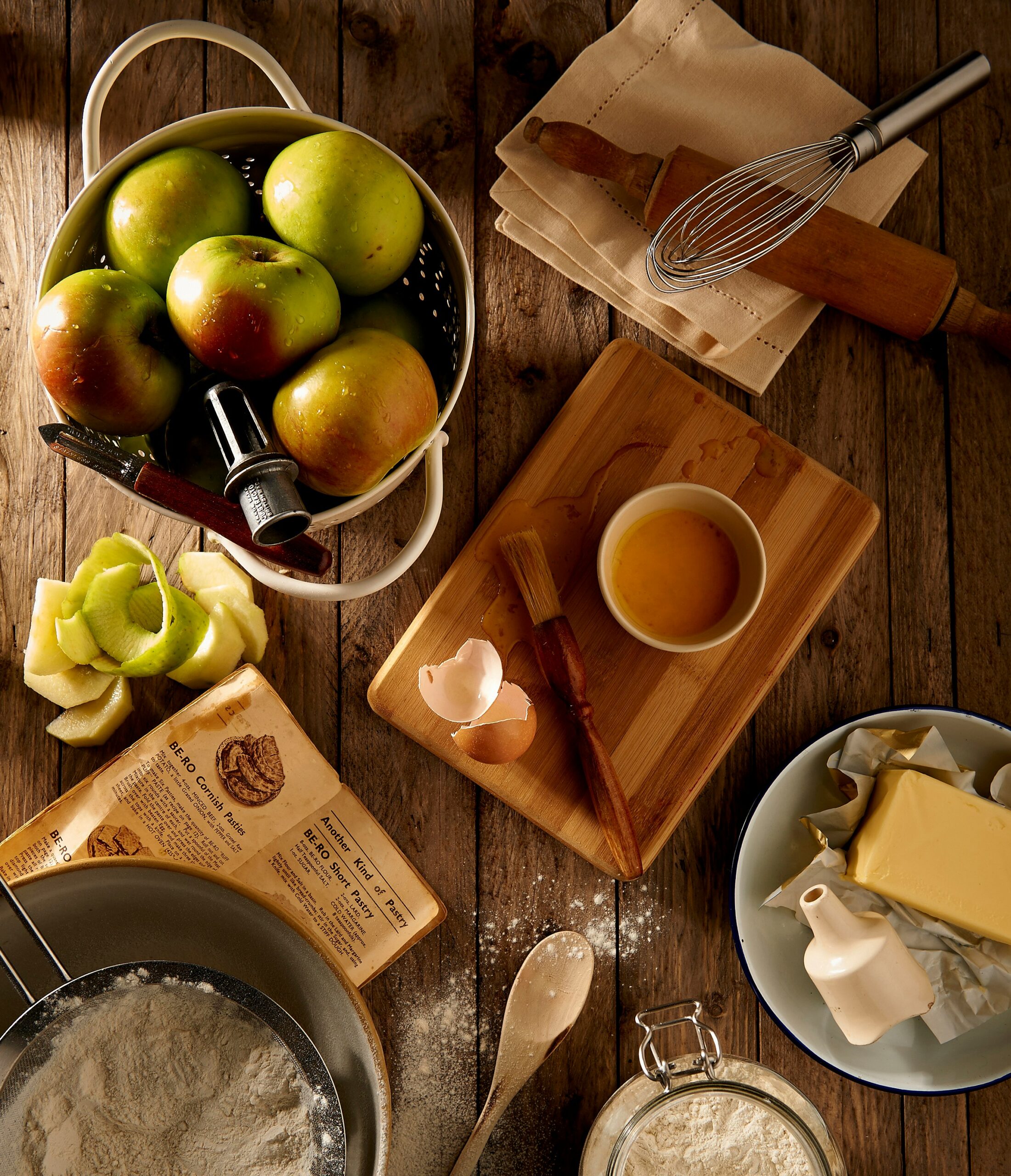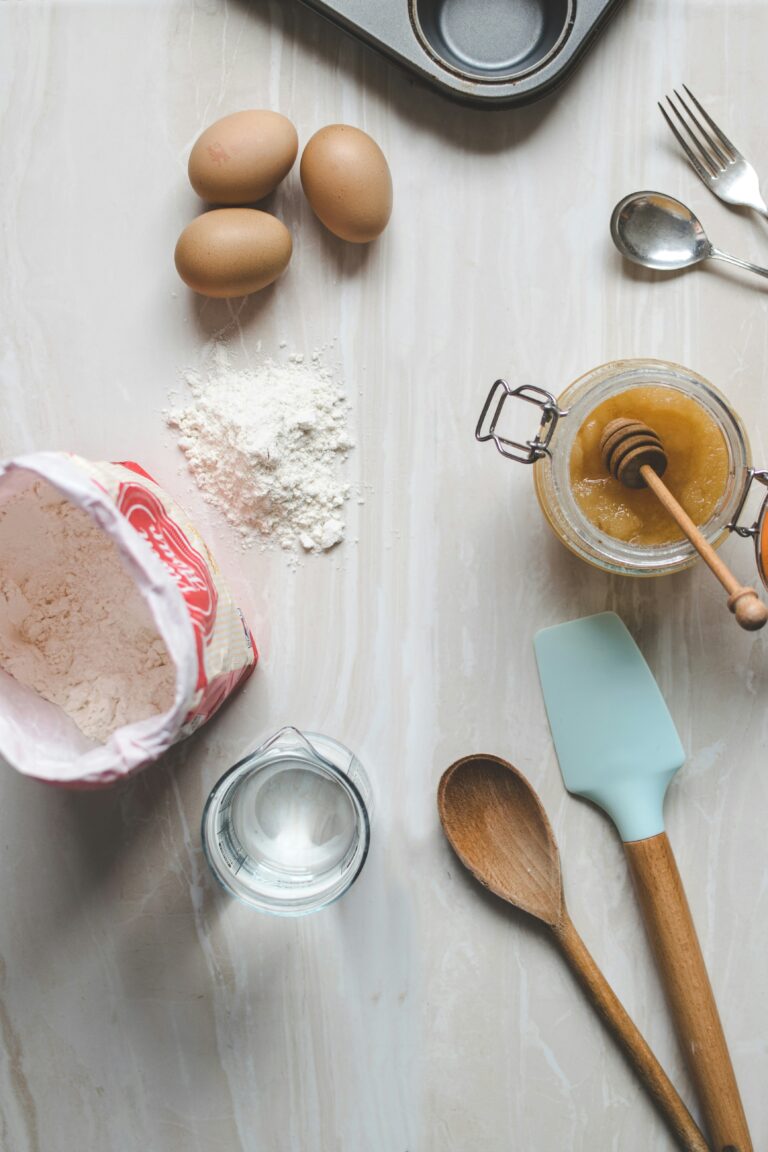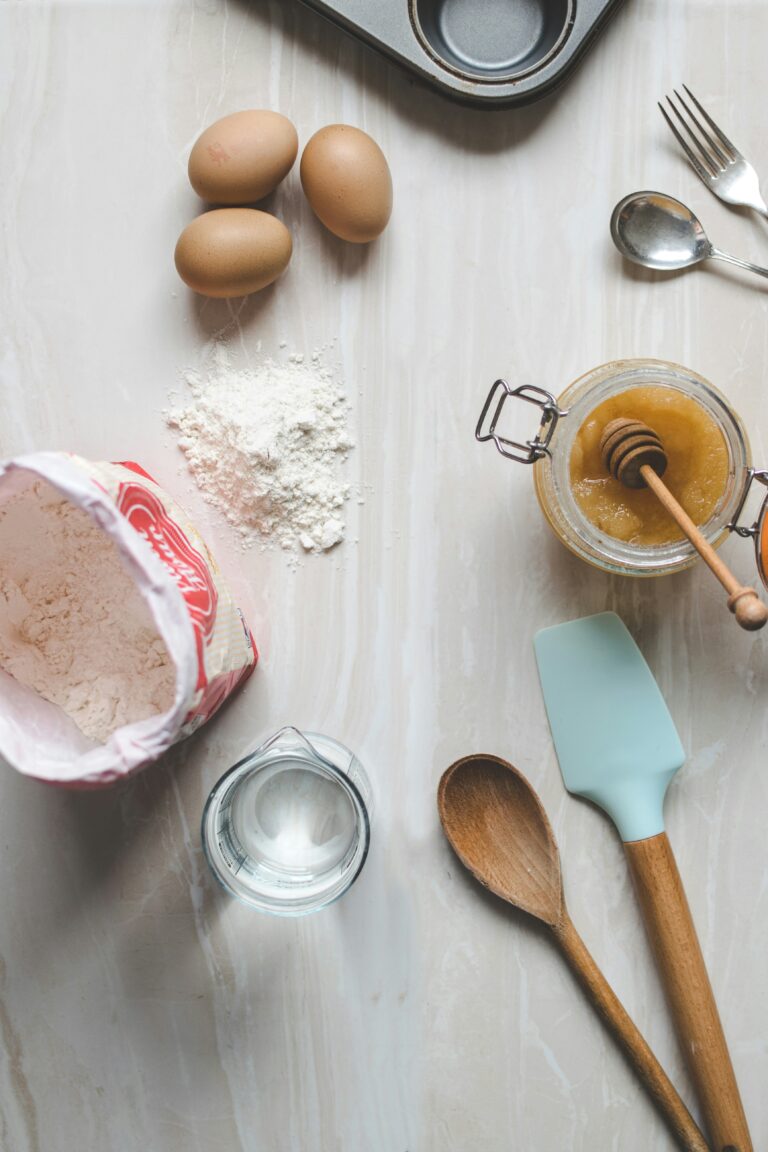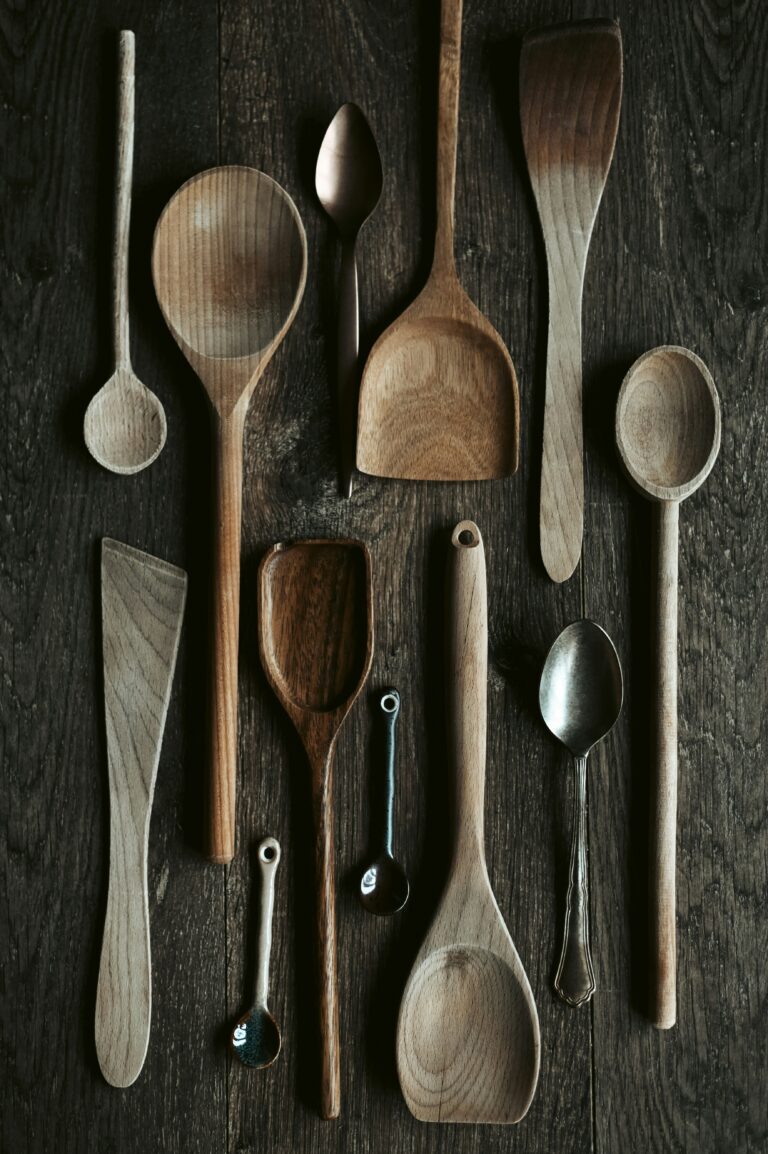Importance of Accurate Measurements in Cooking
When it comes to culinary endeavors, precise measurements play a vital role in ensuring the success and consistency of your dishes. Whether you’re a seasoned chef or a novice cook, understanding the significance of accurate measurements is key to mastering the art of cooking and baking.
Precision in Cooking and Baking
Cooking is both an art and a science, and precision is paramount in achieving the desired flavors, textures, and overall presentation of your dishes. From delicate pastries to savory stews, each ingredient contributes to the final masterpiece, making accuracy in measurements crucial.
By carefully measuring ingredients such as flour, sugar, spices, and liquids, you can maintain the balance of flavors and textures in your recipes. Precise measurements also help in controlling the chemical reactions that occur during cooking and baking, ensuring that your dishes turn out as intended.
Challenges of Inaccurate Measurements
On the flip side, inaccurate measurements can lead to culinary disasters ranging from dry cakes and runny sauces to overly salty or bland dishes. A pinch too much or too little of an ingredient can significantly alter the taste and texture of your creations, leaving you with less-than-ideal results.
Inaccurate measurements can also affect the consistency and appearance of your dishes. Whether your cookies spread too thin or your bread fails to rise, deviations in measurements can impact the overall quality and appeal of your culinary creations.
To dive deeper into the world of precise measurements and their impact on cooking and baking, check out our article on why measuring is important when cooking. Understanding the role of accurate measurements will not only enhance your culinary skills but also elevate your dishes to a new level of perfection.
Converting Grams to Cups
When it comes to cooking and baking, accurate measurements play a vital role in the success of a recipe. Understanding how to convert grams to cups is essential for ensuring that your dishes turn out as intended. Let’s explore the basics of measurement conversion and the simple steps to convert grams to cups effectively.
Understanding the Basics of Measurement Conversion
Measurement conversion is the process of changing the unit of measurement from one standard to another. In the culinary world, recipes often provide ingredient quantities in grams, while some individuals prefer using cups for a more convenient way of measuring. Converting grams to cups allows for greater flexibility in following recipes and achieving consistent results.
To convert grams to cups, it’s crucial to consider the density of the ingredient being measured. Different ingredients have varying densities, which can affect the conversion ratio. Using a conversion chart or calculator can help simplify the process and ensure accuracy in your measurements.
How to Convert Grams to Cups: Simple Steps
Converting grams to cups involves a straightforward calculation based on the density of the ingredient. Here is a general guide for converting common ingredients from grams to cups:
| Ingredient | Grams (g) | Cups (c) |
|---|---|---|
| All-Purpose Flour | 120 | 1 cup |
| Granulated Sugar | 200 | 1 cup |
| Butter | 225 | 1 cup |
| Milk | 240 | 1 cup |
-
Determine the conversion factor: Identify the specific conversion factor for the ingredient you are working with. This factor is determined by the density of the ingredient and may vary for different types of substances.
-
Calculate the conversion: To convert grams to cups, divide the weight in grams by the conversion factor. The resulting value represents the equivalent measure in cups.
-
Adjust the measurement: Keep in mind that slight variations in measurement may occur due to differences in packing and ingredient type. It’s recommended to use a measuring cup specifically designed for dry or liquid ingredients to achieve accurate results.
By mastering the art of converting grams to cups, you can confidently navigate various recipes and create culinary masterpieces with precision. Remember to refer to our cooking measurement equivalents for additional guidance on measurement conversions and ensure consistent results in your culinary endeavors.





